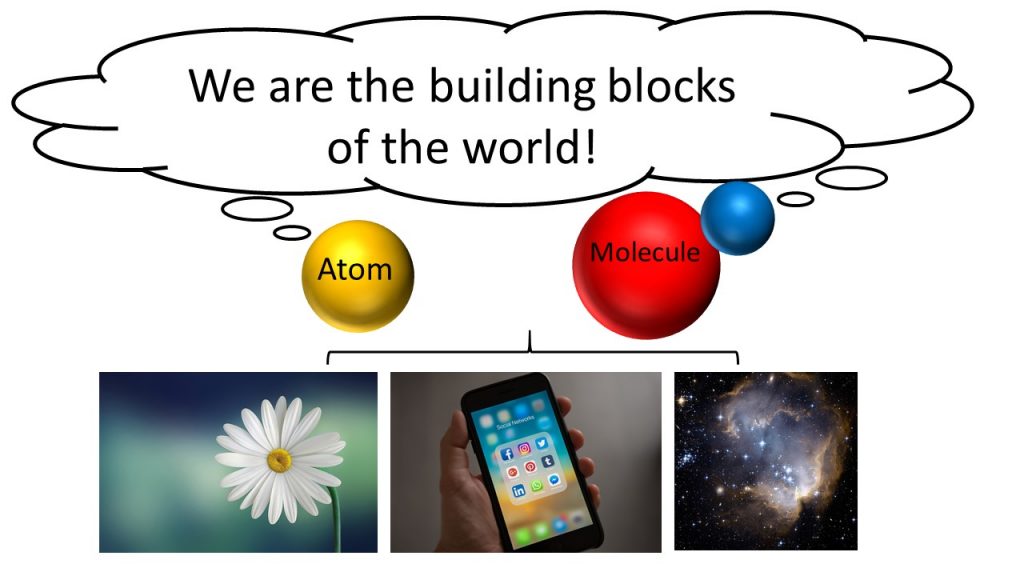The big deal about small building blocks
One of the biggest ways for science to impact people’s lives is to discover new materials, which can be used to harness the sun’s energy more efficiently, develop wearable medical sensors for better healthcare delivery, etc. It turns out that while many interesting materials have already been discovered (like superconductors, which transport electricity without any loss), scientists do not really understand what is going on at the microscopic level, making it difficult to create or engineer new materials with ideal properties.
One way scientists have pursued to understand materials is to model them using computers. However, it turns out that for some materials, there are strong interactions between the microscopic particles, which also obey the laws of quantum mechanics. The combination of strong interactions and quantum mechanics makes it difficult if not impossible for computers to calculate their behavior. To get around the problem, we turn to the building blocks of the physical world – atoms and molecules.

Atoms and molecules tend to behave in weird ways described by the laws of quantum mechanics. For a few decades, physicists have managed to cool and control atoms using lasers. By doing so, the atoms have been shown to exhibit quantum behavior. The trick to understanding new materials, then, is to set up these atoms to obey the same equations as those we use to model the materials, except that we now have arbitrary control over their quantum properties at the microscopic level! This approach has spawned a hot field of research: quantum simulation with atoms and molecules.
At Loh Lab, our vision is to assemble and control these tiny but powerful quantum simulators. We are excited to find out what nature has in store for us!